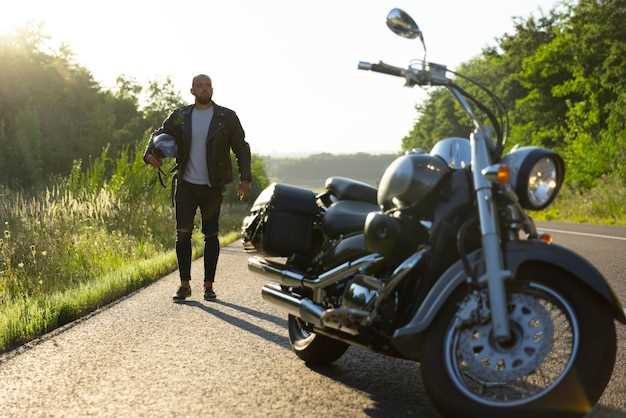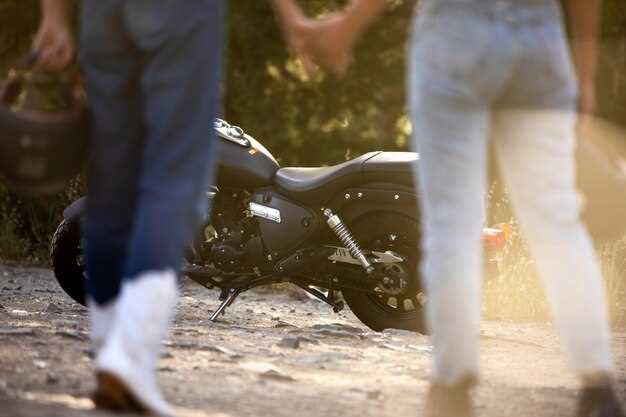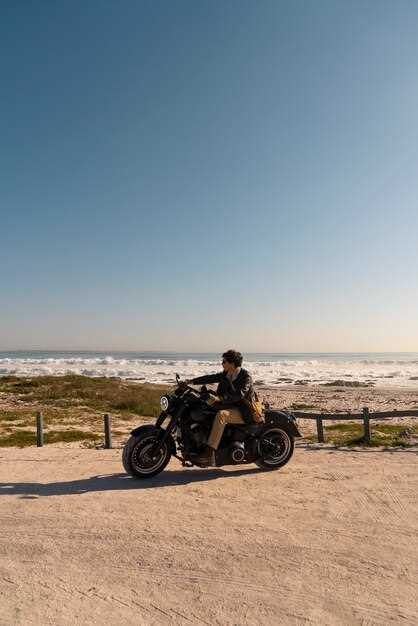
When it comes to exploring the open road, having the right gear is essential for a successful long-distance motorcycle journey. One of the most important accessories for any motorcycle enthusiast is a reliable set of saddlebags. These storage solutions not only provide the necessary space to carry your belongings but also contribute significantly to the overall riding experience.
Choosing the best saddlebags for long-distance rides requires careful consideration of various factors, including capacity, durability, and ease of installation. Whether you’re planning a weekend getaway or a cross-country adventure, selecting the right bags can make all the difference in maintaining comfort and convenience throughout your trip.
This article delves into the top motorcycle saddlebags available today, highlighting their key features and benefits. From hard-shell options that offer superior protection to soft bags that provide expansive storage, we will guide you through the best choices to elevate your riding experience and ensure you pack everything you need for the road ahead.
Choosing the Right Material for Durability and Weather Resistance

When selecting saddlebags for long-distance rides, the choice of material plays a crucial role in ensuring durability and weather resistance. Several types of materials are commonly used, each with its own advantages and disadvantages.
Leather is a traditional choice for saddlebags, known for its durability and classic aesthetic. Genuine leather offers a robust barrier against wear and tear, while also providing some natural water resistance. However, it requires regular maintenance to prevent damage from exposure to moisture and UV rays.
On the other hand, synthetic materials like nylon and polyester have gained popularity due to their lightweight properties and high resistance to the elements. These materials are often treated with waterproof coatings, making them ideal for riders who encounter rain during their journeys. Additionally, they tend to be more resistant to fading and abrasion compared to leather.
Ballistic nylon is another excellent option, known for its remarkable strength and resistance to punctures. This high-denier fabric is designed to withstand harsh conditions, making it suitable for adventure riders. Furthermore, ballistic nylon offers good weather resistance, ensuring that your belongings stay dry even in rainy conditions.
For those prioritizing extreme weather protection, saddlebags made from heavy-duty canvases or tarpaulins can be a superb choice. These materials are often waterproof and highly durable, providing excellent resistance against heavy rain and rugged terrains. They are also easier to clean and maintain compared to leather.
Ultimately, choosing the right material for your saddlebags depends on your riding habits, climate, and personal style. Assessing these factors will guide you in selecting a durable and weather-resistant solution that enhances your long-distance riding experience.
Understanding Saddlebag Capacity for Extended Trips

When preparing for long-distance motorcycle journeys, saddlebags play a vital role in carrying essential gear. The capacity of these bags directly affects your ability to pack efficiently without compromising comfort or safety. It’s crucial to choose saddlebags that not only fit your motorcycle but also accommodate your travel needs.
Firstly, understanding the volume of saddlebags is key. Most options are measured in liters, with capacities ranging from 20 to over 50 liters per bag. For extended trips, consider how much clothing, tools, and personal items you will need. A larger capacity allows for more flexibility, enabling you to pack additional items like snacks or emergency gear.
Next, consider the organization of saddlebags. Features such as compartments and pockets can significantly enhance usability, allowing for easy access to frequently needed items while keeping your belongings secure. Look for bags with external pockets for quick access to essentials, as well as internal dividers to keep everything organized in transit.
Weight distribution is another critical factor. Packing is not just about fitting everything inside; it’s essential to balance the load between both saddlebags. This balance will ensure that your motorcycle handles optimally, improving stability and reducing fatigue during long rides.
Additionally, assess the waterproof capabilities of your saddlebags. Extended trips may encounter diverse weather conditions, so opting for bags with weather-resistant materials or including rain covers can protect your belongings and enhance your travel experience.
In conclusion, understanding saddlebag capacity and features is fundamental for planning successful long-distance rides. By selecting the right saddlebags that meet your needs, you can enjoy a more comfortable and worry-free journey on the open road.
Installation Tips for Optimal Fit and Stability on Your Motorcycle
When equipping your motorcycle with touring saddlebags, achieving the right fit and ensuring stability during long-distance rides are essential. Here are key installation tips to follow:
First, begin by selecting a mounting location that minimizes interference with the bike’s controls and exhaust. Ensure that the saddlebags are positioned evenly on both sides to maintain balance while riding. This symmetry is crucial for both handling and appearance.
Next, use high-quality mounting hardware. Many touring saddlebags come with specific brackets designed for certain motorcycle models. Always adhere to the manufacturer’s recommendations for compatibility and installation to avoid any unwanted shifts while riding.
Consider using a saddlebag support frame to provide additional stability. These frames help distribute the weight of the bags evenly and prevent sagging, which can occur, especially with heavier loads. Ensure the frame does not obstruct the bike’s rear indicators or tail light.
As you install the saddlebags, make sure they are securely fastened but avoid overtightening, as this can lead to damage to both the bags and the motorcycle. A snug fit is ideal; double-check all connections after your initial ride to ensure everything remains secure.
Finally, before embarking on a long journey, perform a test ride to evaluate the fit and security of the saddlebags. Pay attention to any unusual movements or sounds that may indicate improper installation. Adjust as needed to achieve an optimal setup for your touring adventures.




